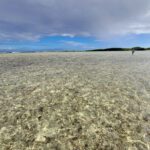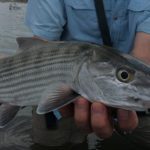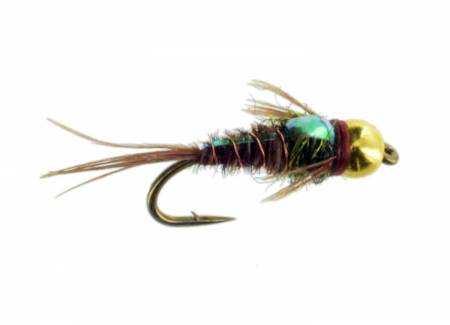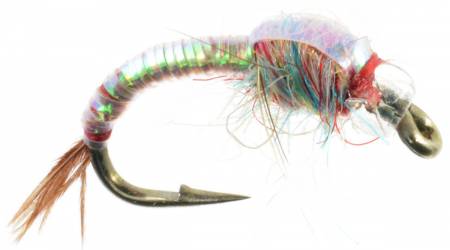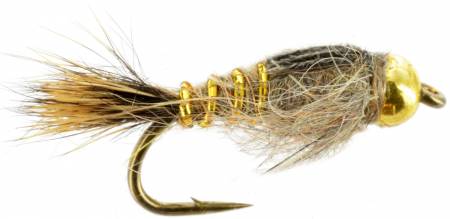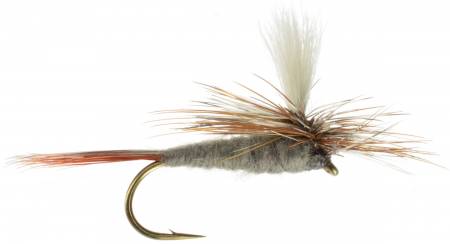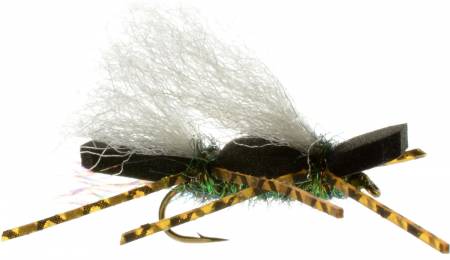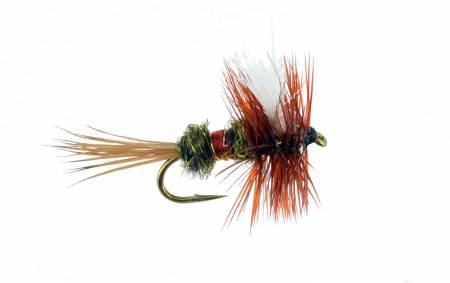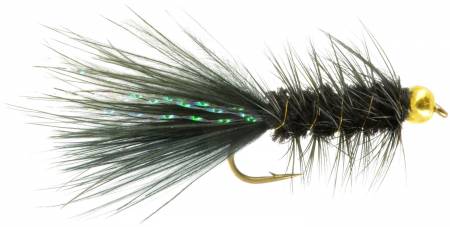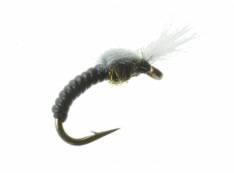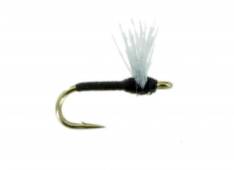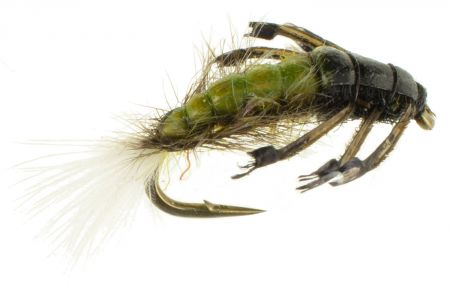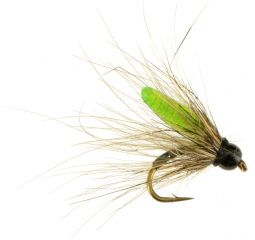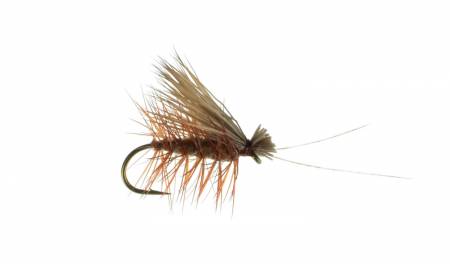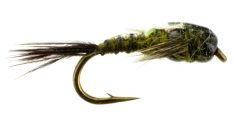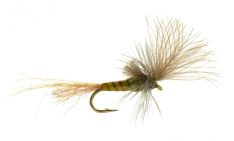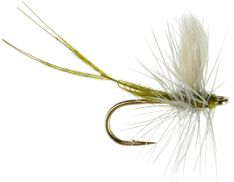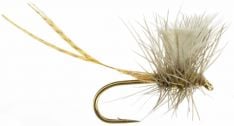In my youth, I learned to tie three different fly patterns. This was back in the day before “Catch and Release”, so fish rarely had a chance to learn which bugs to avoid after being caught. My fly box was pretty simple back then!
Fast forward to today, where we catch fish over and over. These fish become experts at distinguishing a real bug from patterns that they were caught on, and the number of fly patterns available has exploded to compensate for tricking those extremely discerning fish.
A person new to fly fishing is often overwhelmed at the number of flies available to them, and when to use each fly. Let’s explore how to simplify this situation when fly fishing for trout so that you head out with a fly box full of useful flies!
Trout flies are often categorized as “Attractors” or “Imitative”.
Attractors don’t specifically imitate any insect that the fish normally sees in their environment. These flies work because they look “buggy”, and appeal to a trout through their predatory instinct or curiosity.
During a bug hatch, most trout will focus their attention on feeding on those specific bugs. Therefore, attractors generally work best when there is no bug hatch.
While there are many attractor patterns available, make sure your fly box contains the following time tested attractor fly patterns:
Imitative flies are designed to look like the bug that is hatching. Fishing this type of fly is called “matching the hatch”. If you know where you are going to be fishing, look up a fly hatch chart for that body of water, and make sure you have patterns to match that bug hatch. To determine the hatch:
- Note the bugs flying in the air.
- Note the bugs that are riding on the surface of the water.
- Use a seine net to note what bugs are present below the surface of the water.
Pay attention to color, size, and body shape, and select a fly that looks like the bugs you are seeing. If the insect you observed is floating, fish a floating fly. If the insect is in the film, fish an emerger. If the insect is deeper, fish a nymph. (More on nymphs, emergers and floating flies in a future blog).
Common trout hatches: Most bugs that hatch on rivers fall into one of the following three categories:
1) Midges aka chironomids: Most species of midges are small (size 18 to size 24), and these can hatch all year around. They are a staple for most trout.






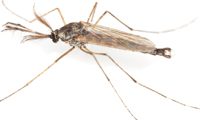


2) Caddis: Most caddis range from size 14 to 18, and most hatch later spring and all summer long.
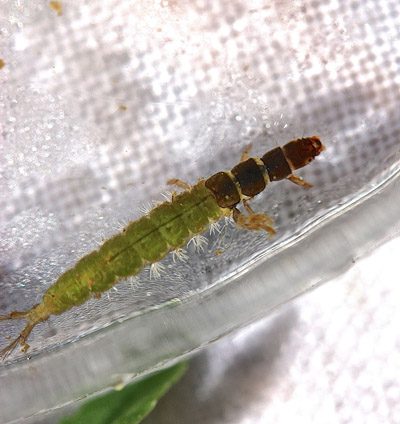


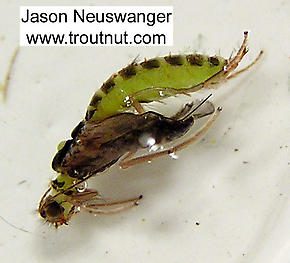





3) Mayflies: There are 3 species of mayflies that you will often encounter:
A) Baetis Mayflies hatch in spring and again in fall (size 18-22)
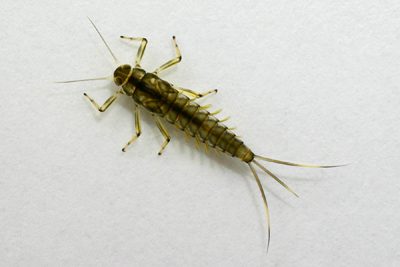


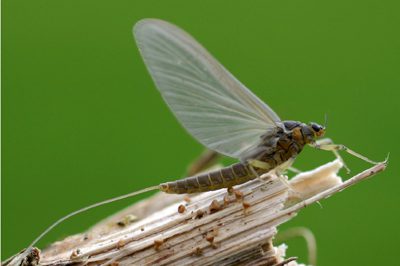


B) Pale Morning Dun Mayflies (PMD’s) hatch most of the summer.



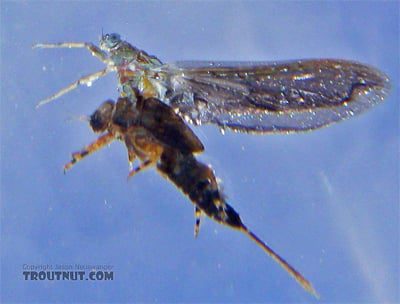


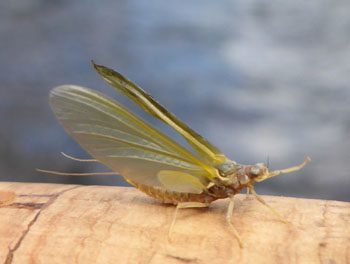


C) Trico Mayflies (size 20-24) hatch in late summer, usually July and August
Carry a variety of nymphs (sinking flies), emergers (film flies) and adults in each of these common patterns, pay attention to the bugs you see on the water, and you will have a very good start on “matching the hatch”.


